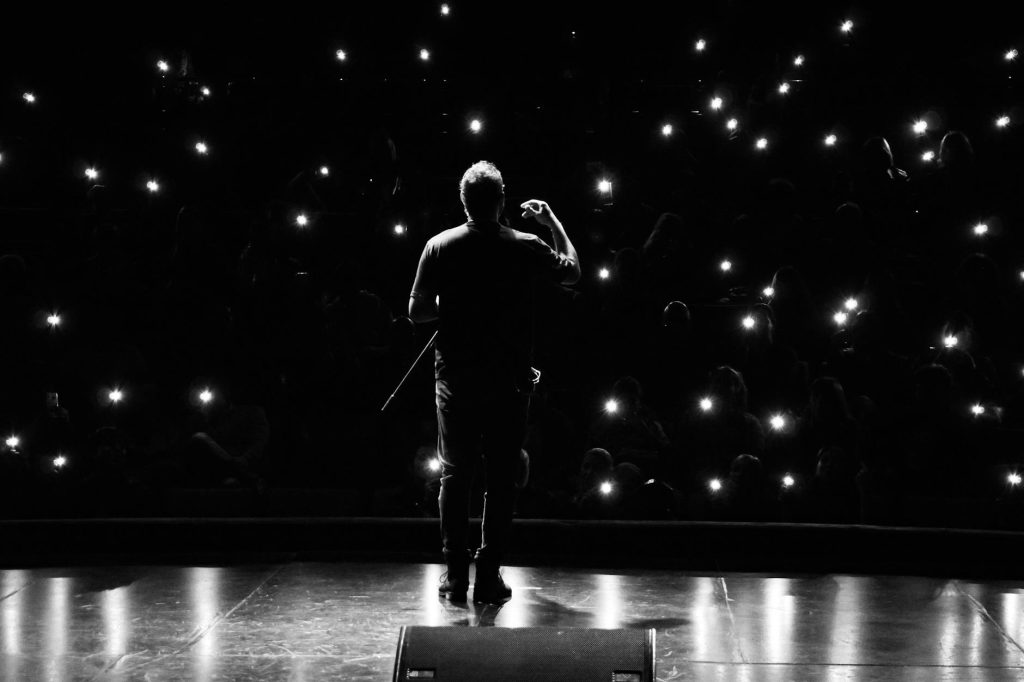The symphony of amplified guitars, pounding drums, and guttural vocals isn’t the only thing that defines a metal show. It’s also the raw, untamed energy unleashed in a sea of bodies. From the subtle sway of a head during a ballad to the full-throttle abandon of moshing, the physical experience is integral to metal culture. But what’s really going on beneath the surface of all that flailing? Let’s get into it.
The Mechanics of the Mosh: A Symphony of Sweat and Science
Moshing, often the most visible expression of metal’s physicality, isn’t just a chaotic free-for-all. There’s a complex interplay of momentum, spatial awareness, and communal responsibility. While the exact origins are debated, it clearly evolved from punk and hardcore scenes. It represents a release of energy and a shared experience. It is important to realize that the human body has its physical limits.
The most critical part is the impact on our skeletons. Consider the spine, a complex structure designed for flexibility but also vulnerable to trauma. A study from the National Institutes of Health (NIH) has investigated the rates of spinal injuries related to music-related activities. They found that while extreme injuries are rare, there is a higher incidence of soft-tissue damage and exacerbation of pre-existing conditions among frequent concertgoers. You can find more about it in detail from the NIH’s research.
The moshing environment creates a dynamic where unexpected collisions and falls are common. Properly managed, however, moshing fosters a sense of community. Fellow fans often act as spotters. This is key: a core value of metal is looking out for your own. The unwritten rule is to help up anyone who goes down, ensuring the circle pit remains a place of shared energy rather than outright danger.
Headbanging Hazards: What’s the Risk?
The headbang itself is a dance with potential consequences. The rapid back-and-forth motion, often performed with reckless enthusiasm, puts significant strain on the neck and the muscles that support it. Neck pain, muscle strains, and even more serious injuries, such as cervical disc herniation, can occur, particularly with prolonged or forceful headbanging.
A study published in the British Medical Journal, for example, documented a case of a man who suffered a subdural hematoma after aggressive headbanging at a concert. While extreme examples are rare, this serves as a stark reminder of the physical demands of the behavior. Also, research conducted at the University of New South Wales in Australia further underscores the risks, revealing that vigorous headbanging can expose the brain to significant stress. It’s not only about the spinal cord.
The tempo of the music plays a significant role. Songs with faster tempos generally correlate with more intense headbanging, increasing the risk of injury. Those bands, with their brutal rhythms, are pushing the boundaries of what’s physically possible, both for the musicians and the audience.
The Positive Side: More Than Just Mayhem
Despite the risks, there are benefits to these forms of expression. The physical activity, however uncontrolled, releases endorphins, reducing stress and boosting mood. Also, the shared physical experience helps forge social bonds. The cathartic release, the feeling of being part of something bigger than yourself, is a powerful draw. Plus, consider the physical fitness of musicians who are on stage all the time: constant touring and playing builds serious endurance, not to mention the core strength needed to play for hours while headbanging.
The sense of community, the camaraderie built within the mosh pit or through the shared experience of a brutal breakdown, is a significant part of metal’s appeal. Metalheads often speak of feeling a sense of belonging, a connection that transcends the music itself. It’s a shared culture that fosters acceptance and individuality within the group, and the collective energy is a unique and powerful force.
Conclusion: Respect the Rhythm
Understanding the science behind the physical expressions of the metal scene is crucial for appreciating the music and protecting our bodies. The next time you’re at a show, take a moment to consider the physics of the mosh pit, the mechanics of the headbang, and the role each of you play within that environment. Embrace the energy, enjoy the music, and most importantly, look out for your fellow metalheads. And remember: a little caution goes a long way. Take it from an old journalist who has seen it all.
Also, on days when your head needs a rest, grab a DMM crazy coffee mugs, because the only thing louder than the music at a metal show is your need for a strong cup of joe the next morning! crazy coffee mugs are guaranteed to make you feel the metal spirit again.


